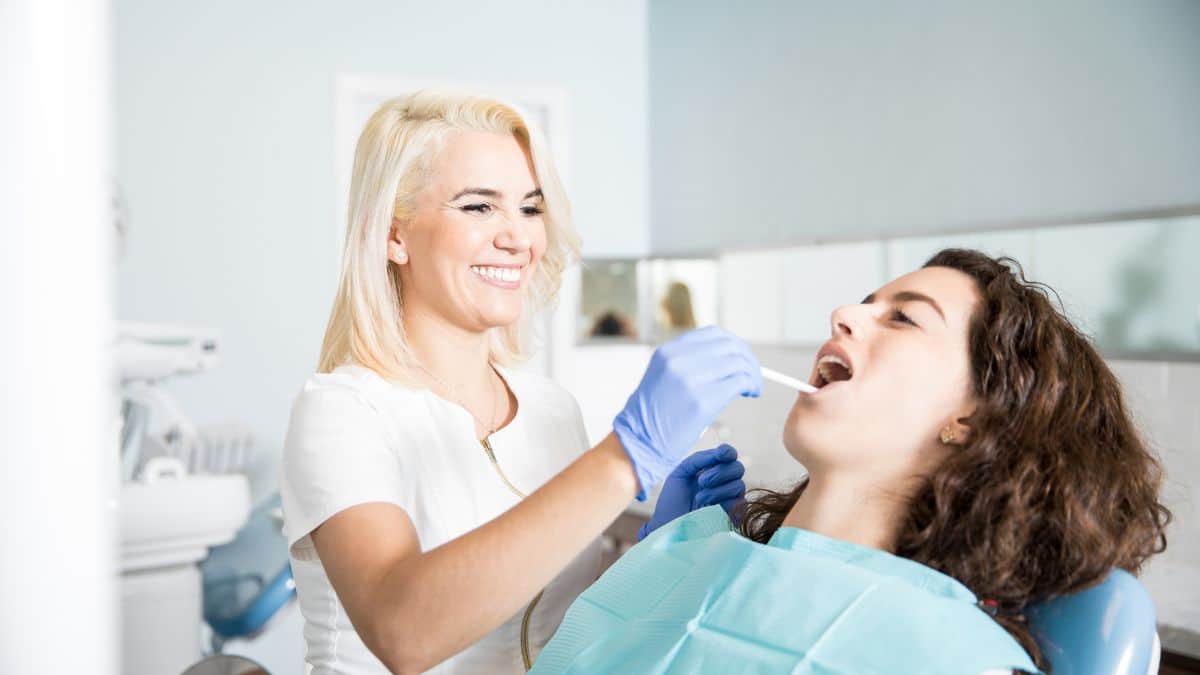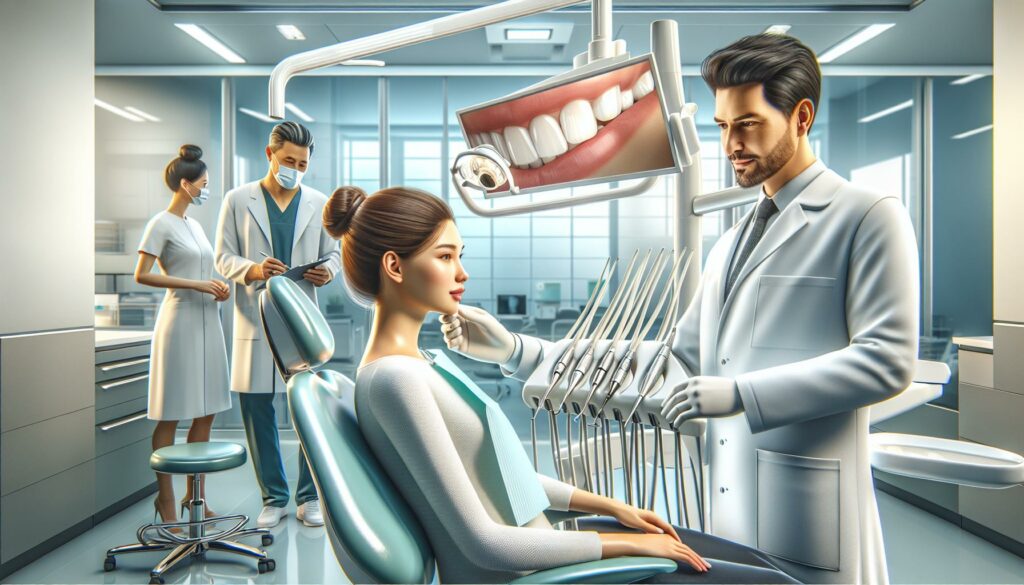Dental cleaning is an essential part of maintaining good oral hygiene. It involves the removal of plaque and tartar buildup from the teeth, which can lead to tooth decay, gum disease, and other oral health problems. One of the most common questions people have about dental cleaning is how long it takes.
The length of a dental cleaning appointment can vary depending on several factors, including the patient’s oral health, the extent of the cleaning needed, and the dentist’s or hygienist’s cleaning technique. On average, a routine dental cleaning for a patient with healthy teeth and gums can take anywhere from 30 minutes to an hour. However, if a patient has not been to the dentist in over a year or has extensive plaque buildup, they may require a more thorough cleaning, which can take longer.
It’s essential to schedule regular dental cleanings to maintain good oral health and prevent more serious problems from developing. Knowing how long a dental cleaning typically takes can help patients plan their appointments and ensure they have enough time to receive the care they need.
Understanding Dental Cleaning
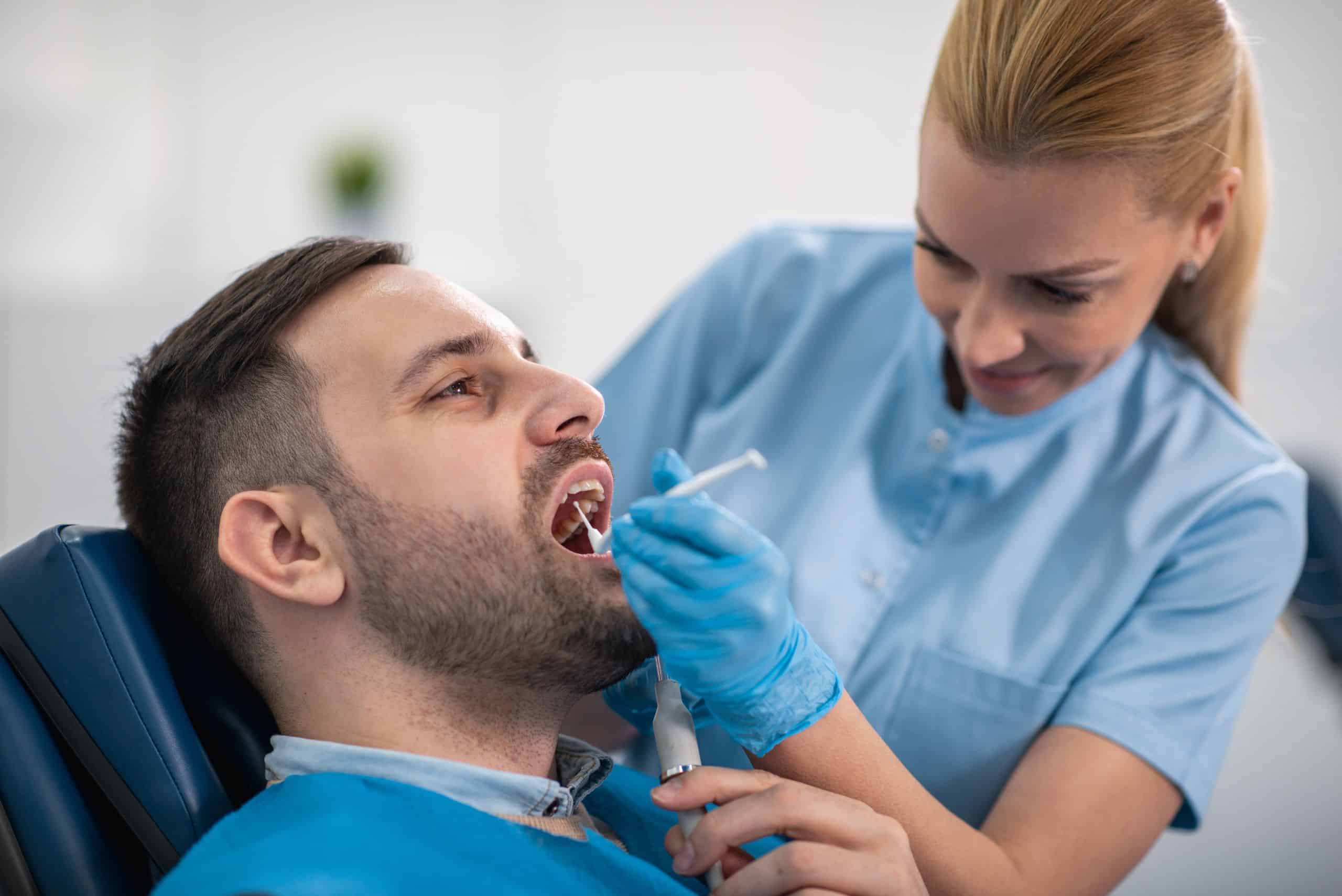
Dental cleaning, also known as teeth cleaning, is a routine procedure that helps to keep your teeth and gums healthy. It involves removing plaque, tartar, and other debris from your teeth to prevent tooth decay and gum disease.
Dental cleaning is typically performed by a dental hygienist or a dentist. According to the American Dental Association, it is recommended that you get your teeth professionally cleaned once or twice a year to maintain good oral health.
During a dental cleaning, the dental hygienist or dentist will use special tools to remove plaque and tartar from your teeth. They will also floss your teeth and apply fluoride to help prevent cavities.
The length of a dental cleaning appointment varies depending on several factors, such as the individual’s oral health, the extent of cleaning required, and whether any additional services or treatments are needed. However, standard dental cleanings usually take between 30 minutes to one hour.
It’s important to note that dental cleaning is different from a deep teeth cleaning, also known as scaling and root planing. A deep teeth cleaning is a more intensive procedure that is typically performed when there is a buildup of plaque and tartar below the gum line.
Overall, dental cleaning is an essential part of maintaining good oral health. By getting regular professional teeth cleaning, you can prevent tooth decay and gum disease, and keep your smile looking bright and healthy.
The Importance of Oral Health
Maintaining good oral health is crucial for overall health and well-being. Poor oral hygiene can lead to a variety of dental problems such as tooth decay, gum disease, and bad breath. In addition, research has found that poor oral health can also contribute to other health issues such as heart disease, diabetes, and respiratory infections.
One of the most important aspects of oral health is keeping your teeth and gums healthy. Brushing your teeth twice a day and flossing daily can help remove plaque and bacteria from your teeth and gums. It’s also important to visit your dentist regularly for check-ups and cleanings.
During a dental cleaning, a dentist or dental hygienist will remove any plaque and tartar buildup from your teeth surfaces. This helps prevent tooth decay and gum disease and keeps your teeth and gums healthy. The American Dental Association recommends getting your teeth professionally cleaned once or twice a year, depending on your individual needs.
In addition to regular cleanings, there are other steps you can take to maintain good oral health. Eating a healthy diet that is low in sugar and high in nutrients can help keep your teeth and gums healthy. Avoiding tobacco products and limiting alcohol consumption can also help prevent oral health problems.
Overall, taking care of your oral health is an important part of maintaining a healthy smile and a healthy body. By practicing good oral hygiene and visiting your dentist regularly, you can prevent dental problems and keep your teeth and gums healthy for years to come.
The Process of Dental Cleaning
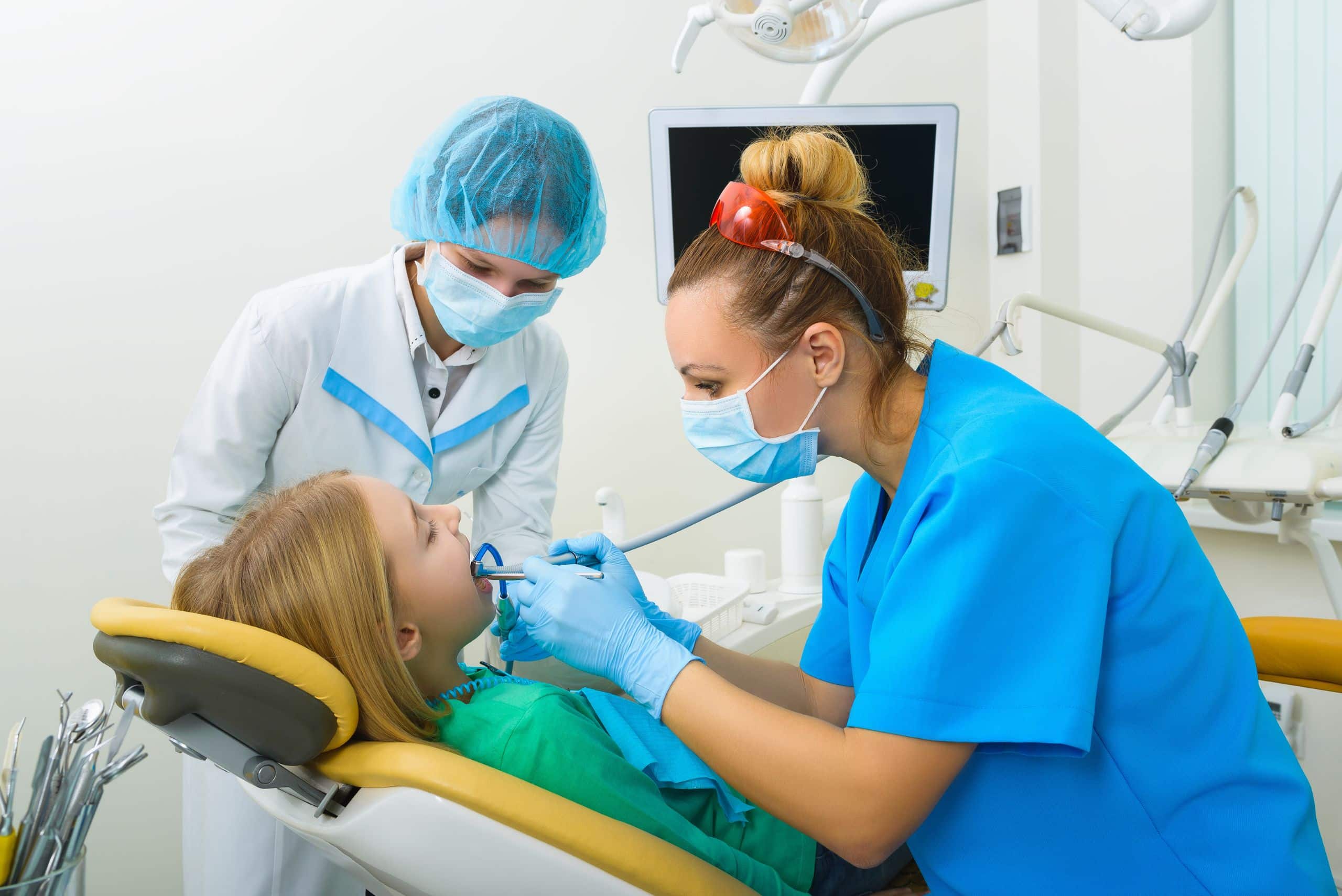
Dental cleaning is an essential part of maintaining good oral health. During a dental cleaning, a dental hygienist or a dentist will remove plaque, bacteria, and tartar buildup from the teeth surfaces.
The process of dental cleaning usually starts with a physical examination of the mouth, including the teeth, gums, and tongue. The hygienist or dentist may use a small mirror to get a better view of the teeth and gums.
After the examination, the hygienist or dentist will use an ultrasonic scaler or hand-held instruments to remove the plaque and tartar buildup from the teeth surfaces. The ultrasonic scaler uses high-frequency vibrations to loosen the tartar, while hand-held instruments are used for scraping and scaling.
Once the plaque and tartar are removed, the hygienist or dentist will polish the teeth using a special paste and a rotating brush. Polishing helps to remove any remaining stains and smooth the tooth surface, making it harder for plaque and bacteria to stick to the teeth.
In some cases, a fluoride treatment may be recommended to help strengthen the teeth and prevent tooth decay. The fluoride treatment involves applying a fluoride gel or foam to the teeth, which is left on for a few minutes before being rinsed off.
Overall, a standard cleaning usually takes about 30 to 60 minutes, depending on the extent of the cleaning required. However, if additional procedures such as scaling and root planing or x-rays are needed, the cleaning process may take longer.
It is important to note that dental cleaning is not a substitute for regular brushing and flossing. Brushing twice a day and flossing once a day can help to prevent plaque and bacteria buildup between dental visits. Regular dental checkups and cleanings are recommended every six months to maintain good oral health.
Types of Dental Cleaning
There are different types of dental cleaning depending on the condition of the teeth and gums. The most common types are standard cleaning and deep cleaning.
Standard Cleaning
Standard cleaning is also known as prophylaxis or “prophy” cleaning. It is a routine cleaning that helps maintain healthy teeth and gums. During a standard cleaning, a dental hygienist will remove plaque and tartar buildup from the teeth using a scaler and a polisher. The hygienist will also floss between the teeth and apply fluoride treatment to help prevent cavities.
Deep Cleaning

Deep cleaning is also known as scaling and root planing. It is a non-surgical procedure that is recommended for patients with gum disease or periodontitis. During a deep cleaning, the dentist or hygienist will remove plaque and tartar buildup from the teeth and gums, including the root surfaces. They will also smooth out rough spots on the roots to prevent bacteria from accumulating.
Gross Debridement
Gross debridement is a type of deep cleaning that is performed when there is a significant amount of plaque and tartar buildup on the teeth. It is usually done before a standard cleaning or deep cleaning to make the cleaning process easier and more effective. During a gross debridement, the hygienist will use a scaler to remove as much of the buildup as possible before proceeding with the cleaning.
Scale and Polish
Scale and polish is a type of standard cleaning that is often done after a gross debridement or deep cleaning. During a scale and polish, the hygienist will use a scaler to remove any remaining plaque and tartar buildup from the teeth. They will then polish the teeth using a special paste to remove surface stains and give the teeth a smooth, shiny finish.
Dental X-Rays
Dental X-rays are often taken during a dental cleaning to check for any underlying dental issues such as cavities, gum disease, or bone loss. The X-rays can also help the dentist or hygienist determine the extent of the cleaning needed and identify any areas that require extra attention.
Root Planing
Root planing is a type of deep cleaning that focuses on cleaning the root surfaces of the teeth. It is often done in conjunction with scaling to remove plaque and tartar buildup from the teeth and gums. Root planing can help prevent further damage to the gums and teeth caused by bacteria and other harmful substances.
Potential Problems and Symptoms
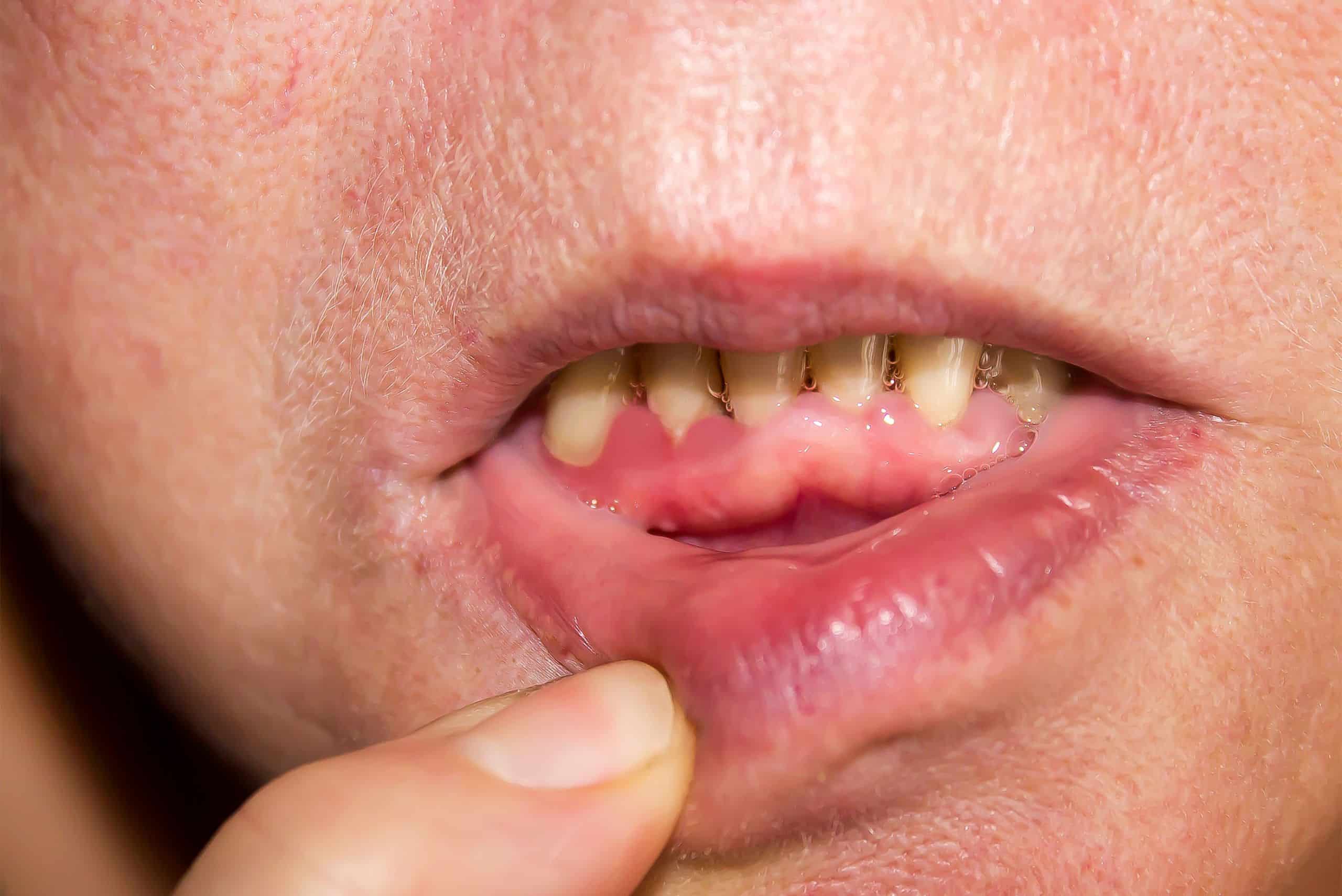
During a dental cleaning, the dentist or hygienist may identify potential problems or symptoms that require further attention. These issues may include gum disease, cavities, sensitivity, inflammation, tartar buildup, periodontitis, and tooth decay.
Symptoms of gum disease include bleeding gums, inflamed gums, and periodontal pockets. If left untreated, gum disease can lead to tooth loss and other dental problems. Cavities can cause tooth sensitivity and pain, and may require fillings or other treatments.
Tartar buildup can cause surface stains and lead to inflammation and gum disease. If not removed, tartar buildup can also lead to periodontal disease and tooth loss. In some cases, tartar buildup may require a deep cleaning procedure called scaling and root planing.
Inflammation and bleeding gums are common symptoms of periodontitis, a more advanced form of gum disease. Periodontitis can cause tooth loss and other serious dental problems if not treated promptly.
Loose teeth and tooth sensitivity may also be signs of dental problems, such as periodontitis or tooth decay. In some cases, cysts or other growths may be present and require further evaluation by a dentist or oral surgeon.
Overall, regular dental cleanings can help prevent these potential problems and symptoms by removing plaque and tartar buildup and identifying early signs of dental issues.
Prevention and Maintenance
Prevention is the key to maintaining good oral health. Regular brushing and flossing are the first steps in preventing tooth decay and gum disease. Brushing should be done twice a day for at least two minutes each time. Use a soft-bristled toothbrush and fluoride toothpaste to gently clean the teeth and gums. Flossing should be done daily to remove food particles and plaque from between the teeth.
In addition to brushing and flossing, routine cleanings by a dental professional are essential for maintaining healthy teeth and gums. These cleanings, also known as prophylaxis, involve removing plaque and tartar build-up from the teeth. Routine cleanings are typically recommended every six months, but your dentist may recommend more frequent cleanings if you have a history of gum disease or other oral health problems.
During a routine cleaning, your dental hygienist will use special tools to remove plaque and tartar from your teeth. They will also polish your teeth to remove any surface stains and give your teeth a smooth, clean feeling. Your hygienist may also provide tips on how to improve your oral hygiene routine at home.
In addition to routine cleanings, regular dental checkups are also important for maintaining good oral health. Your dentist will examine your teeth and gums for signs of decay, gum disease, and other oral health problems. They may also recommend additional treatments, such as fluoride treatments or dental sealants, to help prevent tooth decay.
To maintain good oral health at home, consider using an electric toothbrush. Electric toothbrushes are more effective at removing plaque and tartar than manual toothbrushes, and they can help improve your overall oral hygiene routine. Additionally, using a mouthwash can help kill bacteria and freshen your breath, but it should not be used as a substitute for brushing and flossing.
The Cost and Insurance Coverage
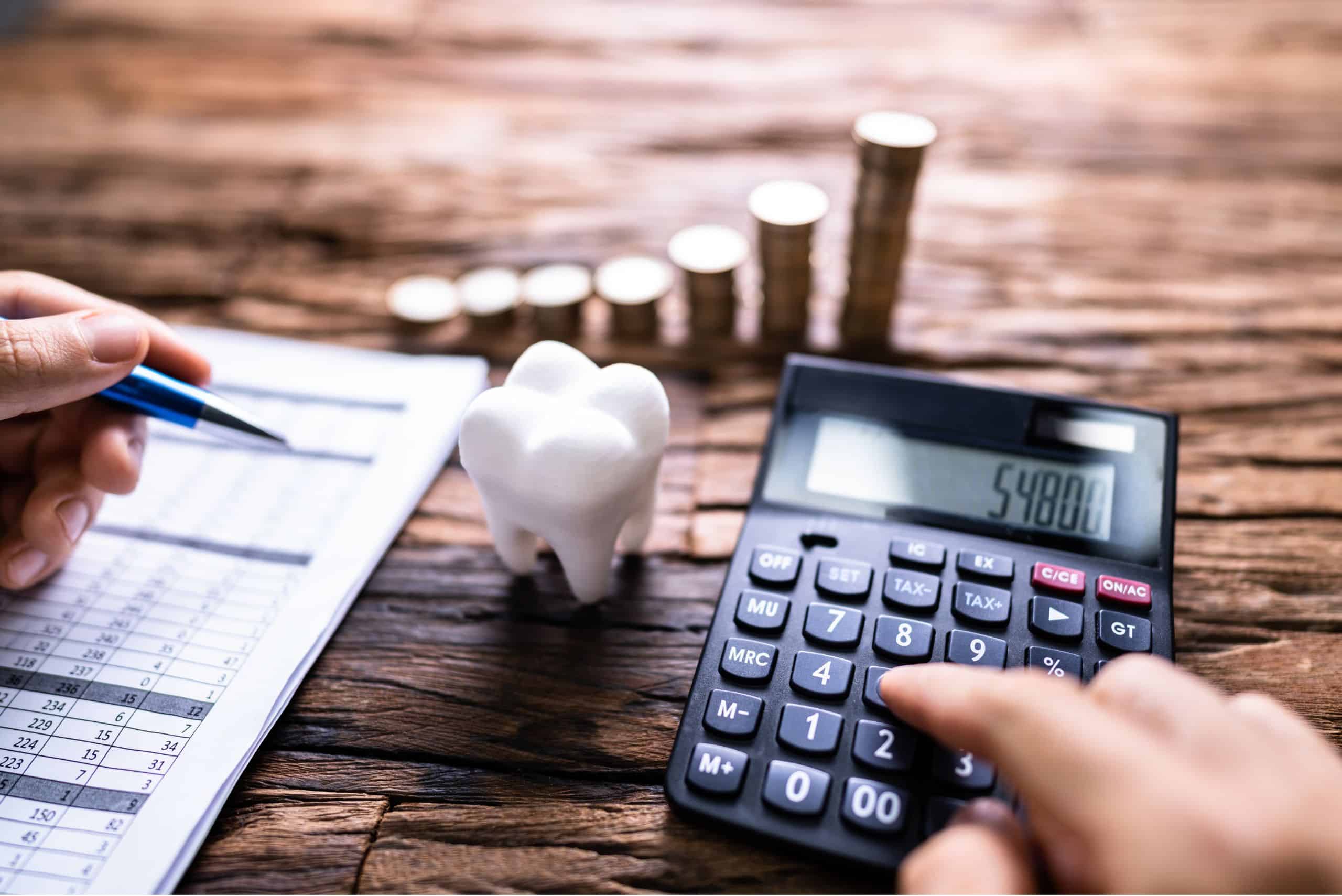
The cost of a dental cleaning can vary depending on several factors such as the location, the dentist’s experience, and the type of cleaning required. According to Humana, a basic cleaning can cost anywhere from $75 to $200 without insurance. However, if you require a deep cleaning, the price may increase significantly, ranging from $150 to $300.
If you have dental insurance, your plan may cover the cost of routine preventive dental care, including dental cleanings. Many dental insurance plans offer 100% coverage for these services. However, it is important to check with your insurance provider to see what services are covered under your plan. Some plans may require you to pay a deductible or a copayment, while others may have annual limits on coverage.
If you do not have dental insurance, you may be able to save money on dental cleanings by visiting a dental school. Dental schools often offer discounted rates for dental services, including cleanings, as part of their training programs. While the cost may be lower, keep in mind that the cleaning may take longer as it is being performed by a student under the supervision of a licensed dentist.
In summary, the cost of a dental cleaning can vary depending on several factors, but dental insurance may cover the cost of routine cleanings. If you do not have dental insurance, visiting a dental school may be a more affordable option.
Dealing with Sensitivity
It’s not uncommon to experience sensitivity after a dental cleaning. This sensitivity can be caused by a variety of factors, including gum recession, enamel erosion, or exposed dentin. If you’re experiencing sensitivity after a cleaning, there are a few things you can do to help alleviate the discomfort.
Over-the-counter Pain Relievers

Taking an over-the-counter pain reliever such as ibuprofen can help reduce sensitivity. Ibuprofen is an anti-inflammatory drug that can reduce inflammation and pain associated with sensitivity. Be sure to follow the recommended dosage on the packaging and check with your dentist before taking any medication.
Sensitive Toothpaste
Using a toothpaste designed for sensitive teeth can help reduce sensitivity. These toothpastes contain ingredients that help block the tubules in the dentin, reducing the amount of stimuli that reach the nerve. It’s important to use the toothpaste consistently over time to see results.
Avoid Acidic Foods and Drinks
Acidic foods and drinks can erode enamel, exposing the dentin and causing sensitivity. Avoiding acidic foods and drinks can help reduce sensitivity. If you do consume acidic foods or drinks, rinse your mouth with water afterward to help neutralize the acid.
Fluoride Treatment
Your dentist may recommend a fluoride treatment to help reduce sensitivity. Fluoride can help strengthen enamel and reduce the amount of stimuli that reach the nerve. The treatment is quick and painless, and can be done during your regular cleaning appointment.
Gum Graft
If you have severe gum recession, your dentist may recommend a gum graft. This procedure involves taking tissue from another part of your mouth and grafting it onto the affected area to cover the exposed root. This can help reduce sensitivity and improve the appearance of your teeth.
Overall, sensitivity after a dental cleaning is common and can usually be managed with the above methods. If you’re experiencing persistent sensitivity, be sure to talk to your dentist to rule out any underlying dental issues.
Additional Dental Treatments
In addition to a regular dental cleaning, there are several other treatments that your dentist may recommend or perform during your visit. These treatments can help maintain the health of your teeth and gums and prevent future dental problems.
X-Rays
X-rays are a common diagnostic tool used by dentists to detect decay, cavities, and other dental problems that may not be visible during a regular exam. X-rays use low levels of radiation to create detailed images of your teeth and jawbone. Your dentist may recommend x-rays during your cleaning appointment if you have not had them recently or if they suspect a problem.
Enamel Protection
Enamel is the hard, outer layer of your teeth that protects them from decay and damage. However, enamel can become weakened or eroded over time due to factors such as acid erosion, brushing too hard, or grinding your teeth. Your dentist may recommend enamel-strengthening treatments such as fluoride or remineralization treatments to help protect your teeth and prevent future decay.
Calculus Removal
Calculus, also known as tartar, is a hardened form of plaque that can build up on your teeth over time. If left untreated, calculus can lead to gum disease and other dental problems. Your dentist may use special tools to remove calculus during your cleaning appointment.
Sealants
Dental sealants are thin, plastic coatings that are applied to the chewing surfaces of your back teeth to protect them from decay. Sealants can be especially beneficial for children who are still developing good oral hygiene habits or for adults who are prone to cavities.
Local Anesthesia
If you are having a more extensive dental procedure, such as a root canal or tooth extraction, your dentist may use local anesthesia to numb the area and prevent pain. Local anesthesia is typically administered via injection and wears off after a few hours.
Stain Removal
During your cleaning appointment, your dentist may also remove surface stains from your teeth using a polishing tool or a special abrasive paste. This can help improve the appearance of your teeth and remove any unsightly discoloration.
Consultation

Finally, your dental cleaning appointment may also include a consultation with your dentist to discuss any concerns or questions you may have about your oral health. Your dentist can provide personalized recommendations and advice on how to maintain healthy teeth and gums between appointments.
The Connection Between Oral Health and Overall Health
Maintaining good oral health is not just about having healthy teeth and gums. It is also about preventing other health concerns such as heart disease and stroke. According to the Mayo Clinic, poor oral health can contribute to various diseases and conditions, including endocarditis, an infection of the inner lining of the heart chambers or valves that typically occurs when bacteria or other germs from another part of the body, such as the mouth, spread through the bloodstream and attach to certain areas in the heart.
Research has also shown that there is a link between oral health and heart disease. Studies have found that people with gum disease are at higher risk of developing heart disease than those with healthy gums. The Cleveland Clinic reports that the bacteria from gum disease can enter the bloodstream and attach to the fatty plaques in the heart’s blood vessels, causing inflammation and increasing the risk of a heart attack or stroke.
Furthermore, poor oral health has been linked to an increased risk of stroke. A study published in the journal Stroke found that people with gum disease were twice as likely to have a stroke than those with healthy gums. The study suggests that the inflammation caused by gum disease may contribute to the development of atherosclerosis, a condition in which the arteries become narrowed and hardened due to the buildup of plaque.
In conclusion, maintaining good oral health is essential for overall health and wellbeing. Poor oral health can contribute to various diseases and conditions, including heart disease and stroke. Therefore, it is important to practice good dental hygiene, such as brushing and flossing regularly, and visiting the dentist for regular checkups and cleanings.
The Duration of a Dental Cleaning
A dental cleaning is an essential procedure used to examine and maintain your oral health. The duration of a cleaning session can vary based on several factors, including your dental health, the condition of your teeth, and the experience of your dental team.
According to Blanco Crossing Dental, a typical dental cleaning should last anywhere from 30 to 60 minutes. However, the duration can vary based on the complexity of the cleaning required.
During a cleaning session, a dental hygienist or dentist will perform a series of procedures to remove plaque, tartar, and other debris from your teeth. These procedures can include:
- Scaling: Using a special tool, the dental professional will remove plaque and tartar from the surface of your teeth and below the gum line.
- Polishing: The dental professional will use a polishing tool and a special paste to remove surface stains and make your teeth shine.
- Flossing: The dental professional will floss between your teeth to remove any remaining debris and check for any bleeding.
The duration of a cleaning session can also depend on your dental health. If you have good oral health and maintain excellent oral hygiene at home, your cleaning session may only take 30 to 40 minutes, according to Miranda Lacy DDS. However, if you have more severe dental issues, such as gum disease, your cleaning session may take longer.
It is important to note that the duration of a cleaning session can also depend on the speed and experience of your dental team. A skilled dental professional may be able to perform the necessary procedures more efficiently, reducing the duration of the cleaning session.
In summary, the duration of a dental cleaning can vary based on several factors, including your dental health, the condition of your teeth, and the experience of your dental team. A typical cleaning session should last between 30 and 60 minutes, but the duration can vary based on the complexity of the cleaning required.

